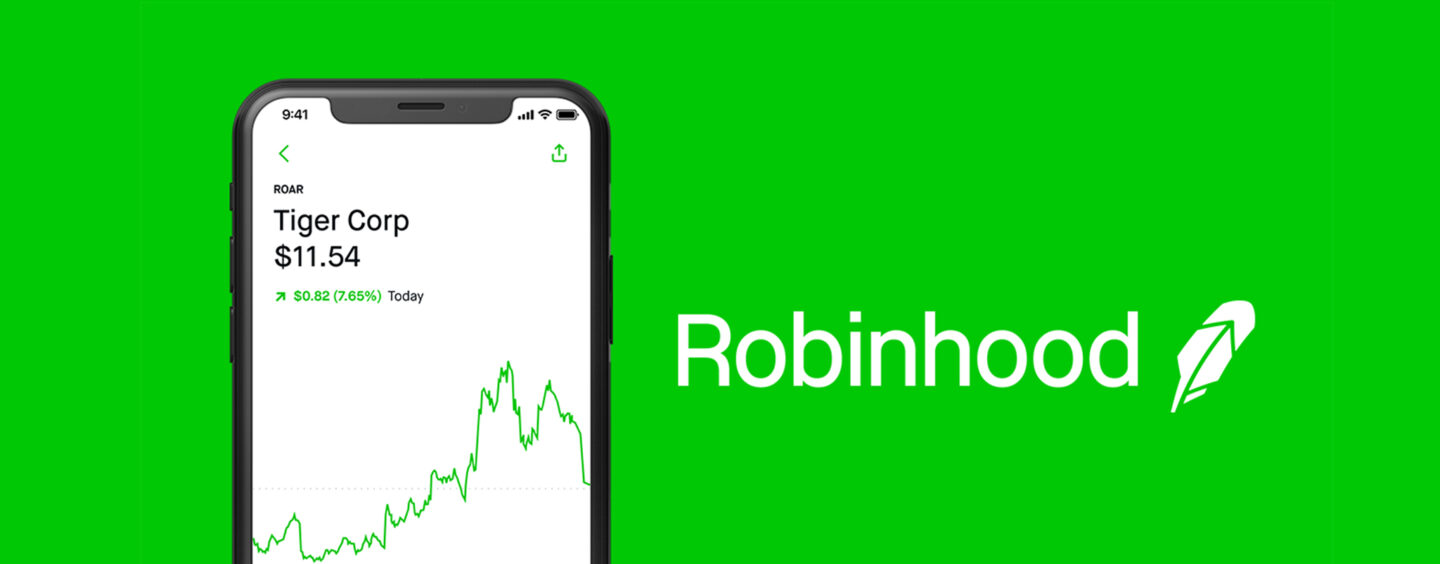Robinhood Markets is a rapidly growing fintech startup based in California that’s been at the center of the recent retail trading boom.
Robinhood offers commission-free trades of stocks, exchange-traded funds, options and cryptocurrencies as well as margin via a mobile app. The company is widely known for having disrupted the brokerage industry by pioneering zero-commission trading and lowering the barriers that were once common to investing.
Robinhood’s zero-commission value proposition makes it easier for lower-income, first-time investors to begin trading, and there are no minimum account requirements. Users can also trade fractional shares instead of having to purchase whole shares, making investing in high-performance but more experience stocks such as Apple more accessible.
Since the launch of its mobile app in 2015, Robinhood has gained much traction notably from the younger generations – the average age of Robinhood users is 31, compared to 50 for Charles Schwab –, but the COVID-19 pandemic and the recent GameStop frenzy have pushed that growth to unprecedented levels.The firm had amassed about 20 million users by the end of December 2020, people close the company told the Wall Street Journal, doubling its user base in just a year. In January 2021, its app hit the top of download charts, surpassing popular social and entertainment apps including YouTube, Facebook and Instagram.

Robinhood illustration, Robinhood.com
JMP Securities analyst Devin Ryan wrote in a report earlier this month that Robinhood appears to have been downloaded more than 3 million times in January alone, which would likely be a record for any broker ever.
Strained by the high volume of trading in stocks, Robinhood was pushed to raise US$3.4 billion in the past weeks after the buying frenzy forced the trading platform to increase the money it deposits with the clearinghouses that process its trades.
The startup is now on track for its planned initial public offering (IPO) expected in the next few months, sources told Barron’s last week.
How Robinhood makes money
Like other retail brokerage firms, Robinhood generates significant income from payments for order flow (PFOF). This common but controversial practice refers to the compensation and benefit a brokerage firm receives for directing orders to third parties or market makers for execution.
Other brokerages such as Charles Schwab and E-Trade make money from PFOF, though significantly less than Robinhood: PFOF accounts for 3% of Schwab’s revenues and 17% of E-Trade’s revenues, an analysis by CB Insights suggests. PFOF generated an estimated US$69 million in revenue for Robinhood in 2018, accounting for more than 40% of its overall revenue, sources told Bloomberg. PFOF earned Robinhood US$687 million in 2020, according to securities filings.
The Financial Industry Regulatory Authority fined Robinhood US$1.25 million in December 2019 over how it routed customers’ orders and for failing to ensure clients got the best prices for securities orders.
In December 2020, the Securities and Exchange Commission (SEC) charged Robinhood for misleading customers and omitting to disclose the receipt of payments from trading firms for routing customer orders to them. Robinhood agreed to pay US$65 million to settle the charges.
Robinhood Gold is the company’s second biggest source of revenue after PFOF, according to CB Insights. Robinhood Gold is a subscription-based service that offers additional features including margin loans, investing tools and professional research reports. It costs a flat US$5 per month.
Robinhood also makes money by lending margin securities to counterparties, from fees on purchasing using its debit card, and earns interest on uninvested cash.
Robinhood launched the Cash Management account with its accompanying debit card in 2019 to expand beyond its core online brokerage business.

Introducing Cash Management, blog.robinhood.com
Featured image credit: Robinhood illustration, Robinhood.com






